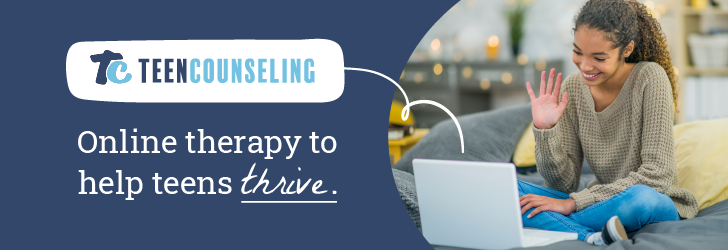Full Disclosure: Clicking on these links could mean a tiny commission for me, at no extra cost to you.
Anxiety disorders come in a range of shapes and sizes; the intense emotions they make adults feel are hard enough, and when our children suffer from these often unnoticed disorders, it can be hard to grapple with. The intensity and duration of symptoms, whilst challenging to observe, serve as crucial markers, setting apart ordinary childhood reactions from those indicative of more profound emotional challenges.
Detecting Anxiety Disorders in Children

It is helpful to understand what exactly causes anxiety in children; as with many psychological issues, it is a mix of nature, nurture and environmental situations that regulate both, as well as the emerging field of epigenetics (the study of how our emotions and environment can change how our genes work). New studies show that anxiety is at least moderately heritable, and research is now trying to pinpoint the exact genes that regulate the expression of anxiety.
It is important to note that anxiety and depression often go hand in hand. That’s not to say that all children with anxiety disorders will concurrently be depressed, but a significant number will, so the issues must not be conflated.
As with many disorders, the earlier they are detected, the better. This brings us to Early Childhood Development, specifically the first eight years, and how this period sets the stage for the later stages of development.
The symptoms of anxiety disorders can be accurately categorised as they are presented in the Diagnostic and Statistical Manual of Mental Disorders (DSM5), the book psychologists use to guide diagnosis. There are also techniques more specific to spotting anxiety disorders in children.
1. Attention – or lack thereof
A lack of concentration and focus in children can be indicative of underlying anxiety.
Studies have shown anxiety disorders in children negatively impair executive attention. The observable signs of this may include restlessness, fidgeting, frequent daydreaming, and a decline in educational achievements or participation. Anxious children may struggle to complete tasks, have difficulty staying on track, or exhibit avoidance behaviours.
It is crucial to recognise these patterns and guide the child toward a professional diagnosis as these symptoms may also be the result of an attention deficit disorder such as ADD or ADHD; whilst it is common for the two to go hand in hand, a professional diagnosis is critical to determine the specific disorder.
2. Social anxiety
This can be categorised as a specific disorder in itself however, many of the symptoms are generalised. A child with social anxiety issues will most likely avoid social contact where possible, show reluctance to participate in group activities, or exhibit excessive shyness. Fear of embarrassment or negative judgement may lead to physical symptoms like blushing or trembling.
Socially anxious children might be overly self-conscious, hesitant to speak in public, or reluctant to initiate conversations. Recognising these signs and creating a supportive environment with gradual exposure to social situations can help alleviate social anxiety, fostering healthier social interactions and overall emotional well-being in children.
3. Emotional regulation
Often a challenging symptom for parents to deal with, while not all anxious children will exhibit the same emotional challenges, many will experience intense emotional changes. Symptoms can present as increased irritability, restlessness and tensity. Children who meet the diagnostic criteria for anxiety disorders can struggle to manage worried, sad and angry emotions, potentially due to experiencing intense emotions and a lack of confidence.
4. Sleep cycles
Anxiety disorders in children can significantly disrupt sleep cycles, leading to difficulties falling asleep, frequent awakenings, and restless nights. Heightened anxiety levels may contribute to racing thoughts, nightmares, and increased arousal, impacting the overall quality and duration of sleep. This can lead to fatigue and additional emotional challenges.
5. Physical symptoms
The psychological effects of anxiety in children can often present in physical symptoms with restlessness, muscle tension, accelerated heart rate, stomachaches, headaches, sleep disturbances, altered appetite and fatigue, reflecting the profound impact of emotional distress on physical well-being.
6. Communication
The evidence shows overwhelmingly how crucial communication is when parenting a child who may have an anxiety disorder. Keeping open a clear channel of open communication builds and maintains trust in the relationship.
Recognizing anxiety disorders in children is a crucial step towards ensuring their mental health and well-being. By staying vigilant for signs and symptoms, parents, caregivers, and educators can play a pivotal role in early detection and intervention. Remember, every child is unique, and seeking professional guidance from a healthcare provider or mental health specialist is essential for accurate diagnosis and tailored support. With proactive attention and compassionate care, we can help children navigate their anxiety with confidence and resilience, fostering a brighter and more hopeful future for them.
Advertisement

Note: This article should not serve as medical advice. Consult a doctor or psychologist as soon as possible if you believe any loved one to have anxiety.








